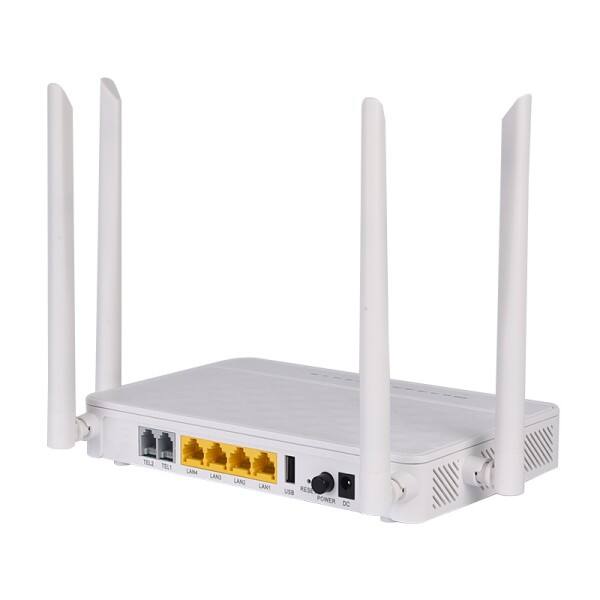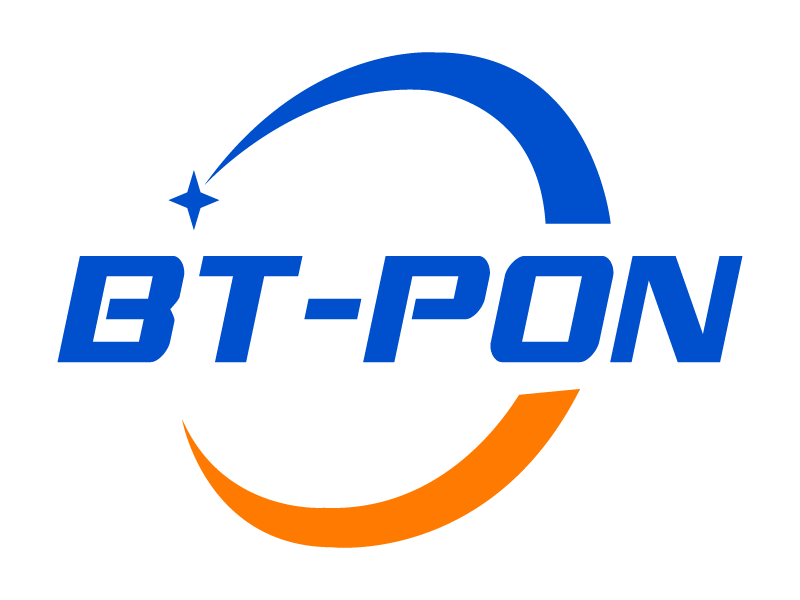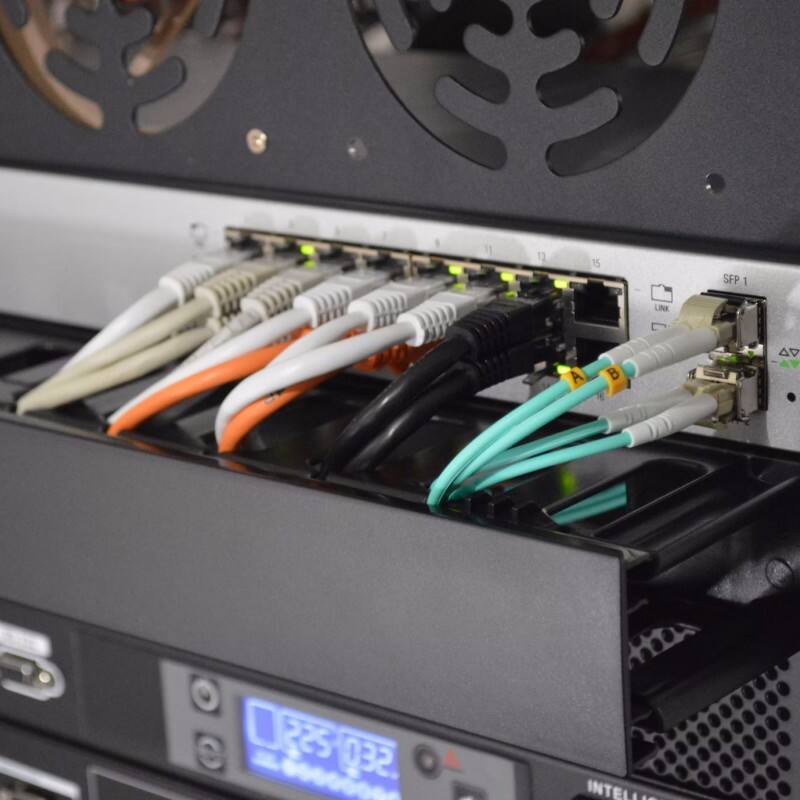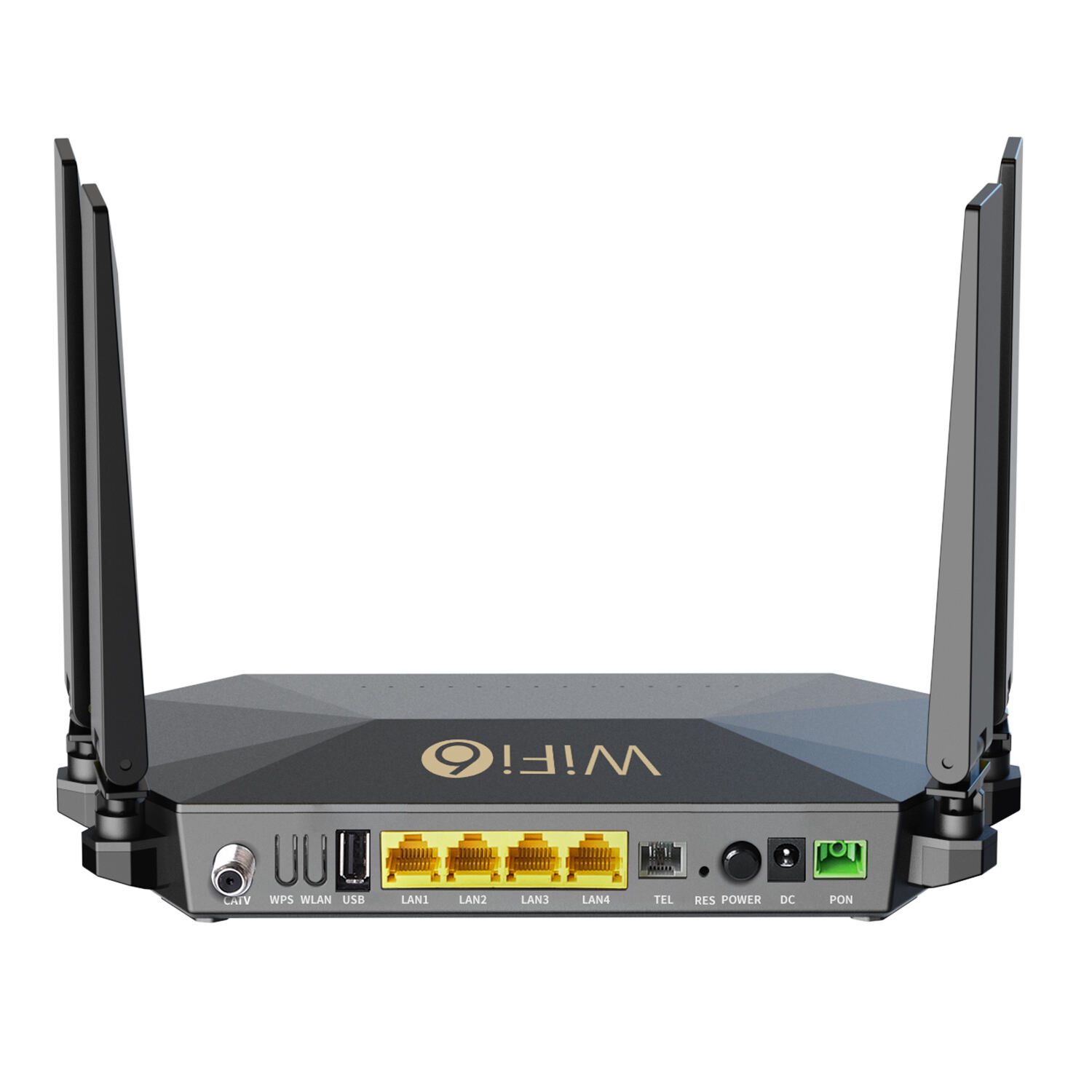The future of communication: 5G and optical fiber networks
With the rapid development of science and technology, the fifth generation mobile communication technology (5G) and optical fiber network have become the two key technologies in today's communication field. Not only have they brought great changes in their respective fields, but the combination of the two will further promote the advancement of communication technology and lead the communication revolution in the future.
With its high speed, low latency and large capacity, 5G technology provides us with an unprecedented network experience. Compared with the previous generation of mobile communication technology, 5G is tens of times faster, but the latency is greatly reduced. This means that we can enjoy high-speed network services almost anywhere, at any time, for a variety of high-bandwidth needs, such as high-definition video, real-time gaming and seamless connectivity of iot devices. In addition, the popularization of 5G will also promote the rapid development of telemedicine, intelligent transportation and industrial automation.
At the same time, fiber optic networks, with their advantages of high bandwidth, low loss and high reliability, have become the cornerstone of building high-speed Internet. Fiber optic network can not only provide faster network speed, but also cover a wider area to meet the needs of a large number of users. Today, with the continuous maturity of fiber to the home (FTTH) technology, more and more families and enterprises can enjoy the convenience of fiber optic networks. This not only improves the quality of network services, but also provides strong support for the development of emerging technologies such as big data, cloud computing and artificial intelligence.
5G and optical fiber networks have a wide range of application prospects in different scenarios. In the field of intelligent transportation, the high speed and low latency characteristics of 5G enable vehicles to receive and process traffic information in real time, improving road safety and traffic efficiency. In the medical field, through 5G technology, doctors can remotely operate robots to achieve remote diagnosis and treatment and surgical guidance. Fiber optic networks provide a stable and reliable data transmission channel for these applications.
This convergence will enable us to enjoy consistent, high-quality network services on both fixed and mobile devices.

 EN
EN
 AR
AR BG
BG CS
CS DA
DA NL
NL FR
FR DE
DE EL
EL HI
HI IT
IT JA
JA KO
KO NO
NO PL
PL PT
PT RO
RO RU
RU ES
ES SV
SV TL
TL ID
ID SR
SR VI
VI SQ
SQ HU
HU TH
TH TR
TR FA
FA MS
MS HY
HY AZ
AZ KA
KA BN
BN LO
LO LA
LA NE
NE MY
MY KK
KK UZ
UZ



